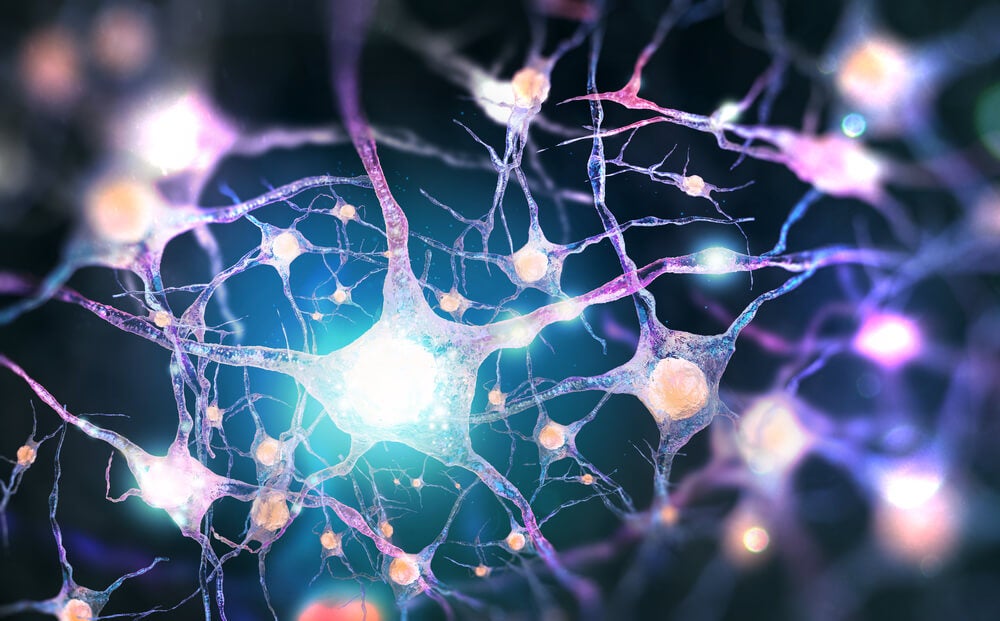For the brain to function properly, neurons need to communicate with each other. These functional interactions between neurons are called synapses, but how does this interconnection occur?What are the types of synapses?
Apparently, two main methods of synaptic transmission are recognized: electrical synapses and chemical synapses. In general, synaptic communication usually occurs between the termination of the axon (the longest part) of the emitting nerve cell and the cell soma of the receiving neuron.
- However.
- Contrary to what you might think.
- Synapses do not occur by direct contact.
- Neurons are separated from each other by a small groove: synaptic or intersynaptic space.
- The main types of synapses are explained below.
- Both are internaluronal connections.
- But each type has its own characteristics.
- Let’s see how each one happens.
In chemical synapses, information is transmitted by neurotransmitters. That’s why it’s called chemistry; neurotransmitters are responsible for transmitting the message.
In addition, these synapses are not symmetrical, but asymmetrical, which means that they do not occur in exactly the same way from one neuron to another, but are also unidirectional: the posinaptic neuron, which receives synapses, cannot transmit information to the presynaptic neuron, which sends the synapses.
Chemical synapses have other specific characteristics. For example, it shows a high plasticity, that is, the most active synapses will transmit information more easily, so this plasticity allows adaptation to changes in the environment, our nervous system is intelligent and prefers the communication of these means that we use. Frequently.
This type of synapse has the advantage of being able to modulate pulse transmission, but the question is: how?This is due to the fact that it has the ability to vary:
In short, the chemical transmission between neurons is through neurotransmitters that can be modified, so the transmission of chemical synapses occurs as follows:
In electrical synapses, information is transmitted over local currents, in addition, there is no synaptic delay (the time it takes for the synaptic connection to occur).
This type of synapses have characteristics opposite to chemical synapses, so they are symmetrical, bidirectional and low plasticity, the latter characteristic implies that the information is always transmitted in the same way, so when there is an action potential in a neuron, it replicates in the next neuron.
Currently, electrical synapses and chemical synapses are known to coexist in most brain organisms and structures; However, we are still knowing the details of the properties and distribution of these two transmission modes (1).
Apparently, most of science’s efforts have focused on exploring how chemical synapses works, so much less is known about electrical synapses, in fact, as explained above, electrical synapses were thought to be typical of cold-blooded invertebrates and vertebrates. However, a large amount of data now indicate that electrical synapses are widely distributed in the brains of mammals (2).
In conclusion, it seems that the two synapses, chemical and electrical, cooperate and interact widely, in addition, it seems that the speed of the electrical synapse can be combined with the plasticity of chemical transmission, allowing decision-making or variety of responses that can occur to the same stimulus at different times.

